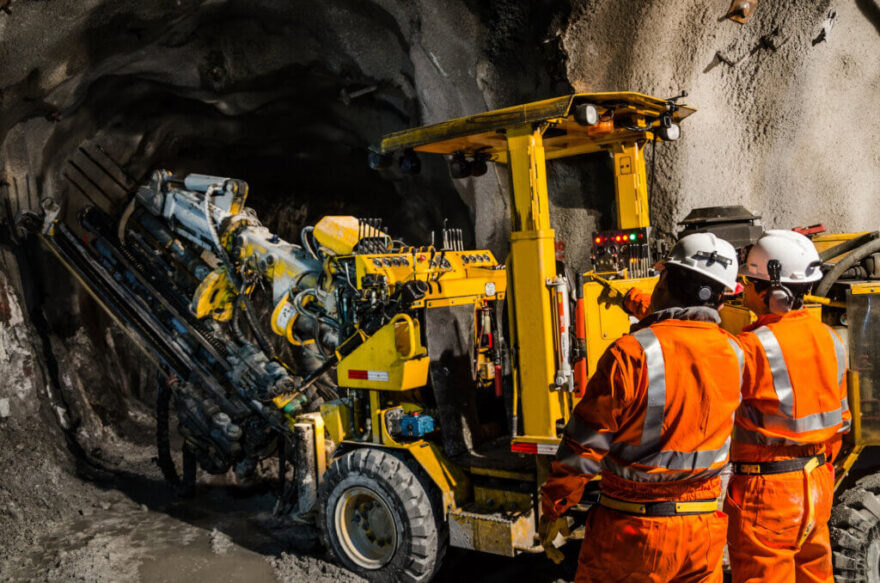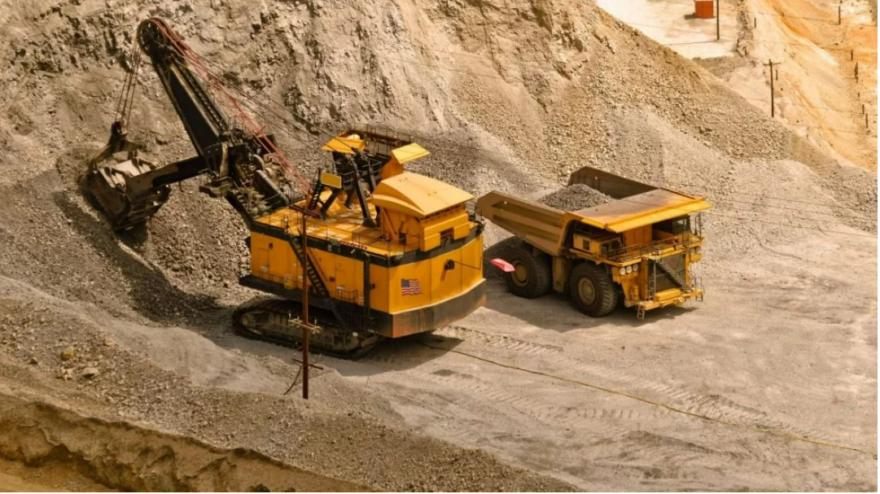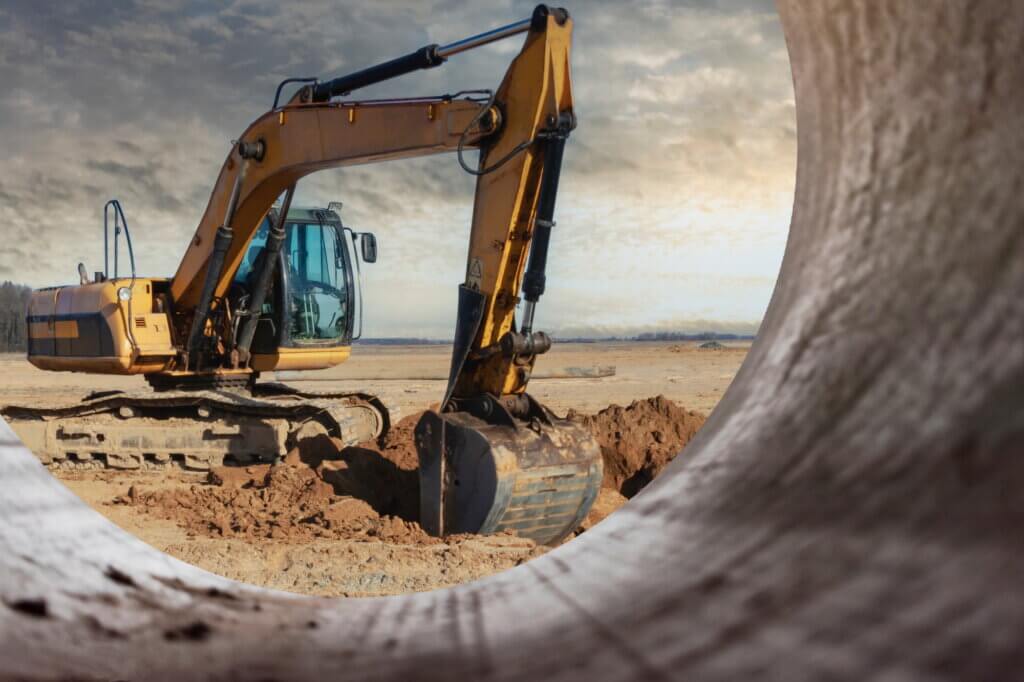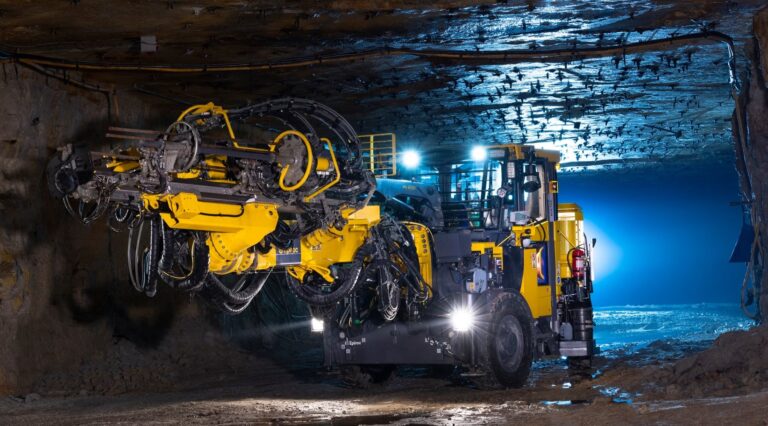The mining industry is one of the greatest ones in the world, and the revenue for last year was close to 100 billion dollars. This industry is one of the most challenging ones, and it definitely comes with a lot of risks, however, it does come with huge profits and financial benefits. If you are already part of the industry, you probably know that investing in the right machines can be extremely expensive, so you need to be smart about the choices you make. If you have been looking for expert tips for success, you’ve come to the right place. Here, we are going to talk about the pros and cons of aftermarket mining equipment and we are going to share some tips that may shine a light that will guide you in your next crucial steps.
What do you need to know about the basics of this equipment?

Before diving into the world of aftermarket mining equipment, it’s essential to grasp what this term encompasses. Aftermarket equipment refers to machinery and parts that are not sourced from the original equipment manufacturers but instead from other suppliers. These items are often designed to be compatible with various mining machines and offer an alternative to OEM parts. Understanding the specifics, such as compatibility, performance standards, and warranty terms, is crucial when considering aftermarket options. This knowledge will empower you to make informed decisions, balancing cost with quality and ensuring that the equipment aligns with your mining operation’s specific needs.
What are the most popular and common equipment types?
In the realm of mining, certain aftermarket equipment stands out for its popularity and utility. This includes critical components like hydraulic excavators, loaders, drill rigs, crushers, and conveyors. These items are favored for their cost-effectiveness and availability. For example, as you can see on Mammoth Equip, aftermarket hydraulic excavators and loaders are often sought after due to their lower cost compared to OEM versions without compromising on functionality. Drill rigs and crushers, vital for operation efficiency, are also commonly sourced from aftermarket suppliers because of the wider range of options available. These alternatives not only provide financial flexibility but also offer customization that might not be available through OEMs.
What are the pros of opting for this type of machinery?
Opting for aftermarket mining equipment comes with several pros. Firstly, cost efficiency is a significant benefit. Aftermarket parts are typically more affordable than their OEM counterparts, providing a cost-effective solution for mining operations, especially those with budget constraints. Secondly, there’s often a wider selection of parts and machinery available in the aftermarket sector, allowing for greater flexibility and customization to suit specific mining needs. Furthermore, the availability of these parts is usually higher, which means less downtime waiting for essential equipment, keeping your operations running smoothly and efficiently.
What are the cons of opting for this type of machinery?

However, choosing aftermarket equipment also has its cons. One major concern is the variability in quality. Since these parts are not from the OEM, there can be inconsistencies in their performance and durability. This aspect necessitates a thorough vetting process to ensure that the equipment meets your standards. Another issue is the potential lack of warranty or support services that typically come with OEM parts. This means any failure or malfunction might result in additional costs and operational delays. It’s crucial to weigh these potential risks against the benefits when considering aftermarket options.
How to make sure the new machines are going to fit your current systems?
One critical aspect to consider when opting for aftermarket mining equipment is ensuring compatibility with existing mining systems. The integration of new machinery with current operations can pose challenges, particularly if the equipment is from different manufacturers. Before making a purchase, it’s vital to assess how the new equipment will interface with your existing machinery. Consider factors such as software compatibility, mechanical connections, and operational synergies. In some cases, it might be necessary to consult with engineers or technical experts to ensure seamless integration. Proper compatibility not only enhances operational efficiency but also minimizes the risk of equipment failure and downtime, thereby optimizing productivity and profitability.
How to choose the right type of equipment for your project?
When it comes to choosing the best aftermarket mining equipment for your project, several factors should be considered. Assess the specific requirements of your operation, including the type of minerals being mined, the mining environment, and the scale of the operation. It’s also essential to evaluate the compatibility of the equipment with your existing machinery. Researching the reputation and reliability of the aftermarket supplier is crucial – look for suppliers known for quality products and good customer service. Finally, consider the long-term operational costs, including maintenance and potential downtime, to ensure that your choice is cost-effective in the long run.
What do you need to know to guarantee your success?

To maximize the success of using aftermarket mining equipment, experts recommend a few key strategies. First, establish a strong relationship with reputable suppliers. These connections can provide valuable insights and support when needed. Regular maintenance and inspections of the equipment are crucial to prolonging its lifespan and ensuring safety and efficiency. Stay informed about the latest advancements and options in the aftermarket industry. This knowledge can help you make better purchasing decisions and stay ahead of operational challenges. Lastly, always prioritize safety and compliance with industry standards to ensure that your mining operations run smoothly and without unforeseen complications.
What are the advancements you need to be aware of before selecting your machinery?
The aftermarket mining equipment sector is continually evolving, driven by technological advancements and innovations. Staying abreast of these developments is crucial for making informed decisions. New technologies can lead to more efficient, durable, and environmentally friendly mining solutions. Advancements such as automation, improved hydraulic systems, and enhanced safety features are becoming more prevalent in aftermarket products. Investing in these innovative solutions can not only improve operational efficiency but also help your mining operation stay competitive in a rapidly changing industry. Regularly attending industry conferences, workshops, and trade shows can provide valuable insights into the latest trends and advancements in aftermarket mining equipment.
Navigating the world of aftermarket mining equipment requires a balance of cost, quality, and operational efficiency. By understanding the specifics of aftermarket options, assessing the popular equipment types, and weighing their pros and cons, mining operations can make informed decisions. The key lies in meticulous selection, maintaining strong supplier relationships, and prioritizing regular maintenance. With these strategies in place, aftermarket mining equipment can be a valuable asset to your mining projects, offering both financial flexibility and operational effectiveness.
Related Posts:
- 20 Best Gaming Headset Under 50$ 2024 - for PC, PS4,…
- Top 10 Best Scrubs For Women 2024 - Pants for Nurses…
- Top 10 Best Inflatable Kayak 2024 - for Exploring…
- Top 10 Best Office Chair Under 200 2024 - Ergonomic…
- Top 10 Best Office Chair Under 100 2024 - Cheap,…
- 10 Best External Hard Drive 2024 - Compatible With…







